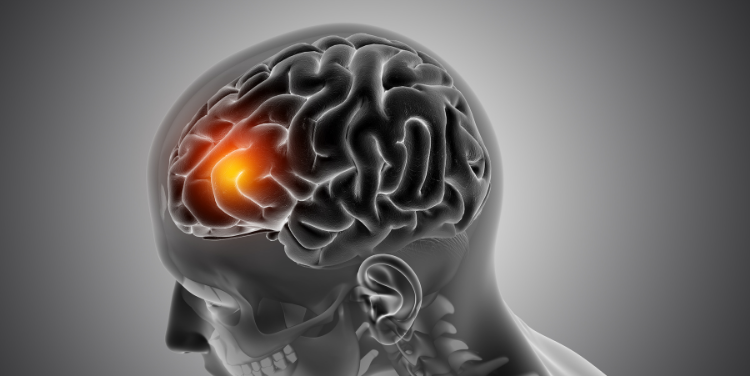2021 Dis: CAR T-Cell therapy is currently approved for some forms of leukemia, lymphoma, and multiple myeloma. Researchers have now also developed the corresponding GD2 CAR T-cell therapy for the treatment of neuroblastoma, i.e., childhood brain tumors. Lung cancer, stomach cancer, liver cancer, breast cancer, and other adult cancers have the highest incidence. When discussing children’s cancer, many people instinctively believe that it is identical to adult cancer.

However, whether it is the cause of cancer or the type of cancer, there is a significant difference between childhood cancer and adult cancer. The most frequent childhood tumour is neuroblastoma, which is more common than lung cancer, gastric cancer, and other cancers. Neuroblastoma can account for half of all cancers in children under the age of five, greatly exceeding the proportion of various malignancies in adult cancers.
Walau bagaimanapun, kadar kelangsungan hidup 5 tahun untuk pesakit neuroblastoma masih tidak begitu baik, dan hampir 40% hingga 50% pesakit masih tidak dapat mencapai penyembuhan jangka panjang. Begitu juga, jika tumor kembali, kanak-kanak masih berisiko, sama seperti apa yang berlaku apabila kanser dewasa kembali.

Is there a new treatment available?
Terapi sel CAR-T has opened up a whole new universe in the field of advanced relapse and refractory B-cell cancers in recent years, and it has also allowed people to witness how effective it can be.
As a result, researchers have created a GD2-CAR-T cell therapy for the treatment of neuroblastoma for the matching target of neuroblastoma. The findings of the clinical study were published in the most recent issue of “Science Translational Medicine.”
Percubaan ini termasuk sejumlah 12 kanak-kanak dengan neuroblastoma berulang/refraktori. Secara keseluruhan, ubat itu diterima dengan baik, dan tiada kesan luar sasaran yang dilihat. Walaupun fakta bahawa ia tidak mencapai tindak balas klinikal yang objektif, para penyelidik melihat manfaat terapeutik sebenar dalam sesetengah individu.
Pesakit 25/010 ialah seorang gadis berusia 8 tahun dengan metastasis neuroblastoma berskala besar, termasuk metastasis tulang yang ketara (berulang selepas rawatan baris keempat). Keadaan umum telah bertambah baik secara mendadak selepas 28 hari Terapi sel CAR-T, dan tisu tumor juga telah menunjukkan nekrosis tumor yang meluas.
Patient 25/013 is a 10-year-old girl who has had five treatments for multiple recurrent localised neuroblastomas. There were tumour nodules in the neck before therapy, but no distant metastases. An MRI showed that the tumour had shrunk after treatment. Following a tumour biopsy, it was discovered that the tumour had significant necrosis.
Pesakit 25/018 adalah kanak-kanak berumur 10 tahun yang mengalami neuroblastoma berulang yang telah merebak ke seluruh badan. Dia mempunyai tiga sesi sebelum dan selepas, dan masalahnya telah berkurangan hasil daripada terapi.
However, while this study has demonstrated that the treatment is effective, after experiencing the peak of CAR-T cell therapy, the long-term expansion of CAR-T cells is not visible, making the treatment effect ineffective. It finally resulted in tumour recurrence, however, before that, this therapy helped 013 and 018 live for approximately 5 months longer.
Although this new CAR-T cell therapy cannot match the efficacy and durability of CD19-CAR-T cell therapy in haematological cancers, it demonstrates that CAR-T cell therapy can still be employed in the entity once a suitable target is identified. In the treatment of tumours, it has potent anti-tumor effects. To improve its therapeutic efficacy in solid malignancies, researchers will combine CAR-T activation with immune checkpoint drugs (PD-1 inhibitors).
The safety of this solid tumour CAR-T cell treatment is currently assured. The patient got CRS as a result of the medication, although no major neurotoxic reactions occurred. Medical teams receiving CAR-T cell therapy may soon have to respond to CRS as a matter of course. CAR-T cell therapy still has a long way to go in terms of overcoming solid tumours, but it will get there someday.

